Tokyo is a city where the future seems to arrive before the present. A dazzling metropolis where its wild nightlife, cutting-edge fashion districts, quirky technology and culinary delights serve as the epicentre of modern Japan.
But Tokyo’s urban dynamism, while undeniably mesmerising and super cool to visit for a couple of days, doesn’t really offer a holistic representation of Japan’s deeply rooted history and ancient culture. The skyscrapers, fast-paced lifestyle, and even the sheer number of people overshadows the rich tapestry of Japan’s traditional heritage.
If, like me, you’re the kind of traveller who seeks a more authentic and tranquil Japanese experience, I’m sorry – you won’t find that in Tokyo.
There are many underrated places in Japan that offer a more well-rounded and peaceful insight into Japanese life, easily accessible in a few hours by train from the capital instead.
So, on that note, I’ve rounded up just five underrated places in Japan which are close to Tokyo in central Japan, that boast serene landscapes, magnificent historical architecture and engaging cultural activities.
So step beyond Tokyo’s urban confines with me, and into the heartland of Japan’s history and tradition.
*This post may contain affiliate links meaning should you purchase a product via this link, I’ll earn a small commission at no extra cost to you. See my privacy and disclosure policy for more.*
PIN FOR LATER:
Underrated Places in Japan (Central):
1. Kanazawa: The ‘Little Kyoto’
Distance from Tokyo: 450km / 2.5 – 3 hours by train
Why visit: for its history, beautiful architecture and food
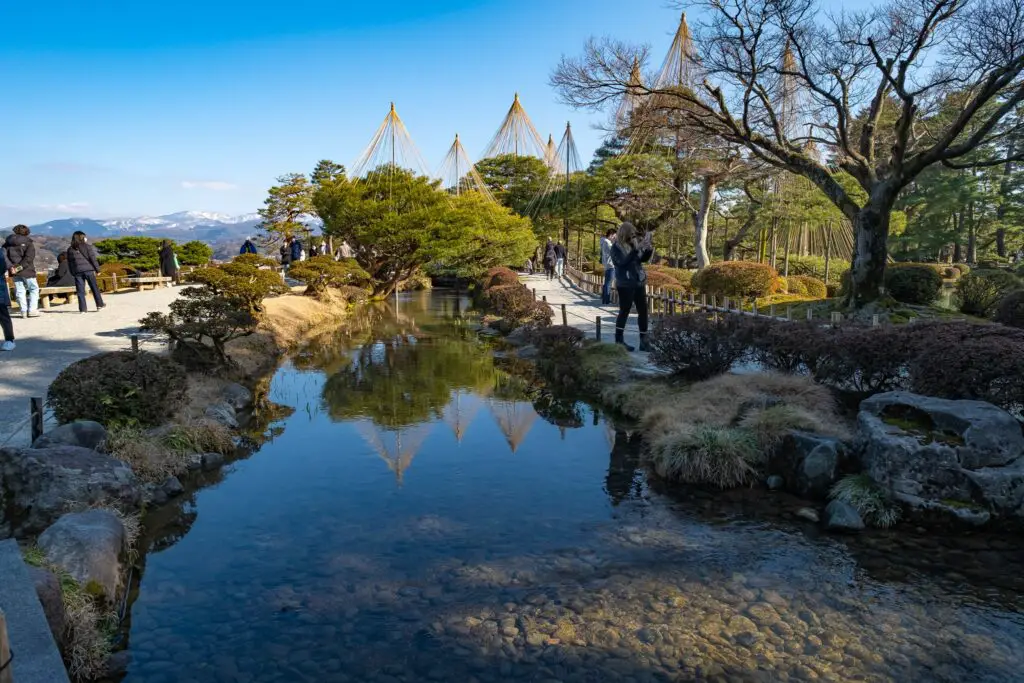
Often referred to as ‘Little Kyoto’, there are so many reasons to visit Kanazawa, its wonderful history and culture which rival that of its nickname, are just two.
This charming city preserves an era that most of Japan has left behind, when samurais roamed, geishas entertained and artisans crafted. This is mainly because in WW2 Kanazawa was not destroyed and so much of its wonderful architecture remains.
Walking through one of Kanazawa’s well-preserved Edo-era districts such as the Higashi Chaya District, you’ll encounter well-preserved teahouses where geishas once performed. There are also adorable antique, Japanese sweet and gold leaf souvenir shops – Kanazawa’s signature emblem.
Visit the Omicho Market, where you’ll find an incredible array of fresh seafood, fruits, and vegetables. It’s unlike any other market you may visit in Asia; clean, organised and full of interesting and pleasant smells.
And you mustn’t forget the beautiful Kenroku-en, one of Japan’s top three landscape gardens, epitomising the classic Edo period garden design. It’s said to have all the elements that make up a perfect garden: spaciousness, tranquillity, artificiality, antiquity, abundant water, and panoramic views. Kenroku-en offers an enchanting journey through seasonal beauty, with cherry blossoms in spring, azaleas in summer, fiery foliage in autumn, and snow-draped pine trees in winter.
And if you’re thinking Kanazawa’s charm is all about its past, you are in for a treat. The 21st Century Museum of Contemporary Art with some of the most interactive and mind-bending exhibits, making this city an enchanting blend of eras.
I also loved the food in Kanazawa and it was utterly stand-out. They have many delicious seafood specialities like kaisen-don, raw seafood served over a hot bowl of rice and incredible sushi and sashimi.
To me, Kanazawa is one of the most underrated places in Japan and easily accessible from Tokyo in only a few hours.
2. Matsumoto: Gateway to the Japanese Alps
Distance from Tokyo: 217kms / 3.5 hours by train
Why visit: for its tranquillity with sprinkling of historic & modern cultural activities
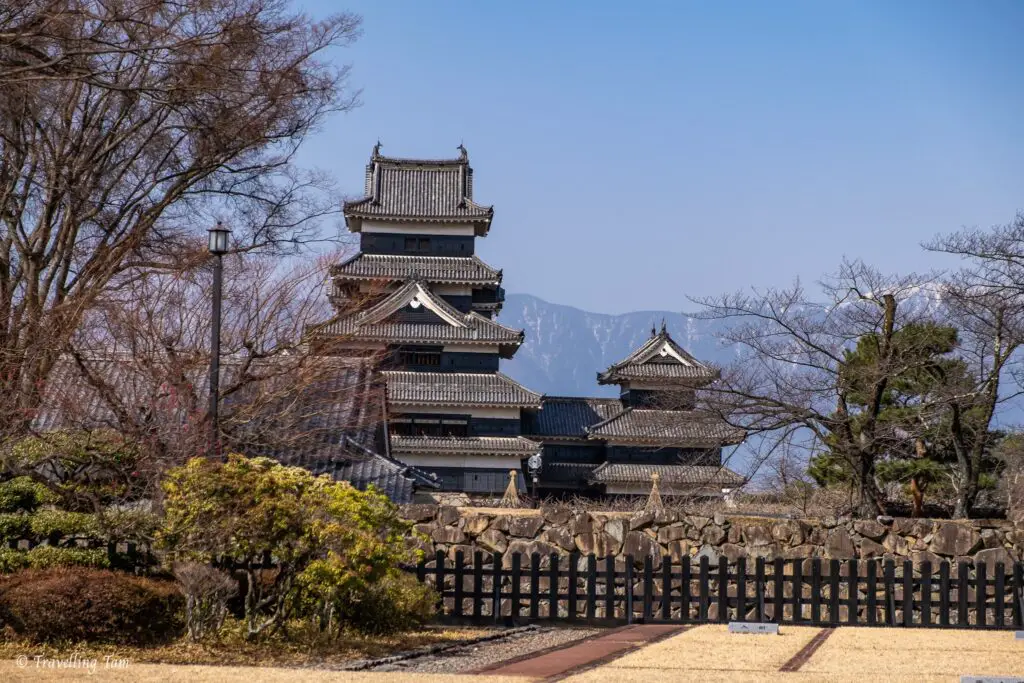
Nestled in Nagano Prefecture, Matsumoto might seem like a humble alpine town, but it’s a cultural powerhouse with scenic beauty to match.
Matsumoto Castle, with its dramatic black exterior, is Japan’s oldest wooden castle and is a registered national treasure. It’s at the heart of the city, offering spectacular panoramic views of the city and the surrounding Japanese Alps.
Beyond the castle and grounds, you can immerse yourself in traditional Japanese culture at the Matsumoto City Museum of Art. Here, you’ll find psychedelic works by Yayoi Kusama, a Matsumoto native and world-renowned avant-garde artist. Have you ever seen pictures of the giant bulging polkadot yellow pumpkin? Well, that’s one of many creative sculptures of Yayoi Kusama.
An endearing feature of Matsumoto are the freshwater springs or wells dotted all over the town. This naturally filtered alpine water has been integral to the city’s water supply system for centuries. This water is often used by local cafes and restaurants, adding a unique depth and purity to the food and beverages of Matsumoto. All the wells have such a distinct character and it’s a cute activity to go around and admire them, filling up your drinking bottle on the way.
Before leaving, make sure to stroll through Nakamachi Street. With its old-style black and white warehouse buildings, it’s a perfect spot for souvenir shopping and a taste of locally made soba noodles.
If you don’t plan to spend much time in Matsumoto, then here’s my guide on how to spend a Matsumoto day trip, which covers most of the highlights.
3. Nagano: A Blend of Nature, History, and Sport
Distance from Tokyo: 225km / 2.5 hours by train
Why visit: for its nature and many outdoor adventures
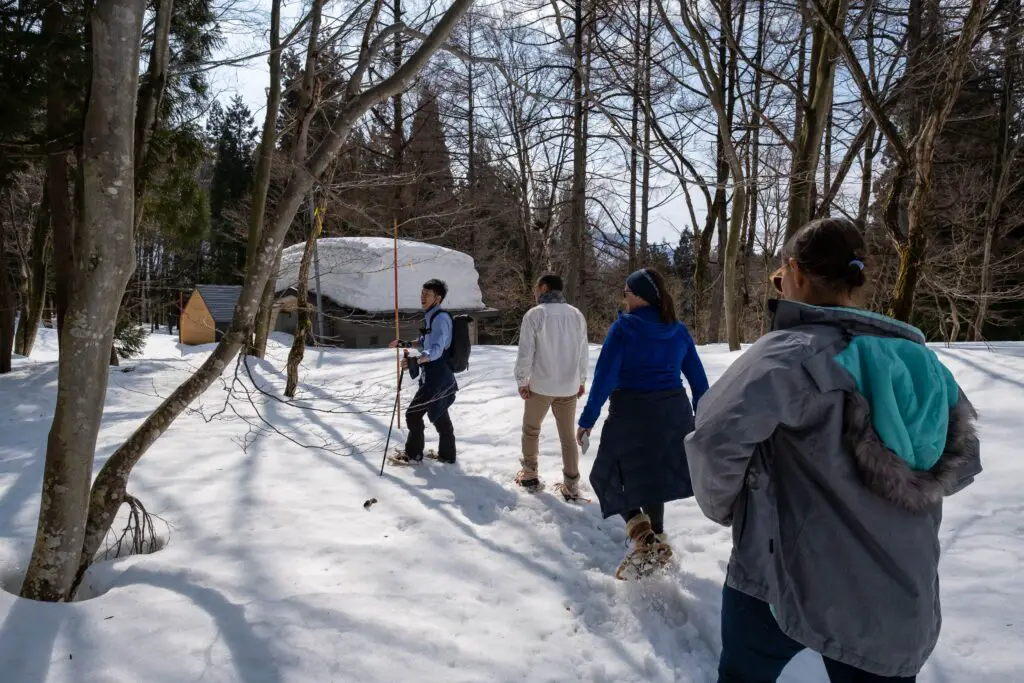
Nagano, home to the 1998 Winter Olympics, is more than just a sports destination. Though it’s hard to pass up hiking its abundant mountain trails, cycling the mountain bike tracks and skiing at world-class ski slopes. Oh, and not to mention all manner of water sports in the summer. Nagano is a totally underrated place in Japan, especially if you’re the kind of person who feels the call of the mountains.
The city’s history is as vibrant as its landscapes however. Zenko-ji Temple, another national treasure, is a sacred place holding the first Buddhist statue ever brought to Japan. The temple is a prominent Buddhist symbol and an important pilgrimage site – and absolutely stunning to boot.
It was by far the most beautiful temple complex I visited. Around the temple are also many attractive shops selling souvenirs and interesting foods so you can spend hours wandering around and taking it all in.
Another popular activity in Nagano is visiting the Japanese macaques, or “snow monkeys,” bathing in hot springs (or ‘onsens’). It’s particularly magical in winter, when the area is covered in snow, when the monkeys will actually be in the water warming up.
In between adventures, satisfy your palate with Nagano’s delicious buckwheat soba noodles and locally brewed sake. The local Shinshu apples are another must-try, known for their crisp, juicy, and sweet-tart flavour as a result of the ideal cool climate and high altitude conditions of Nagano Prefecture.
4. Gujo Hachiman: A Scenic Mountain Town of Waterways
Distance from Tokyo: 400kms / 5 hours by train
Why visit: for its charming riverside beauty
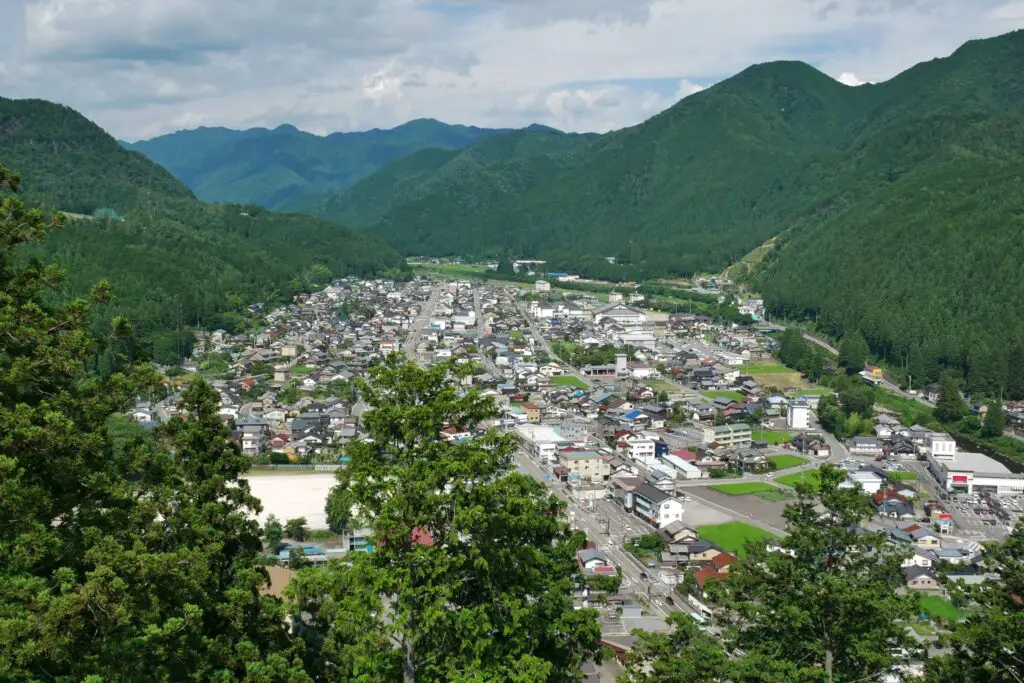
Nestled in the mountains of Gifu Prefecture, the charming small town of Gujo Hachiman, often known as the “Water City,” beckons travellers seeking an off-the-beaten-track Japanese experience. Being a five hour train journey from Tokyo, tourist numbers are somewhat minimal to moderate. But it’s worth the journey!
Steeped in history and idyllic beauty, Gujo Hachiman’s labyrinthine streets and crystal-clear canals provide an enchanting glimpse into a bygone era, as they are much the same today as they were in the 1600s. The town’s network of pristine waterways are fed by spring water from nearby mountains. The locals’ reverence for water is palpable, as demonstrated by the numerous drinking fountains, river and koi-filled canals.
A quirky thing to do in the town is visiting the unique museum dedicated to food replicas, a craft in which Gujo Hachiman is an undisputed master.
It’s Japan, so of course don’t miss the chance to visit Gujo Hachiman Castle, a beautiful white structure perched atop Hachiman Hill. The panoramic views of the town and the surrounding mountains from here are simply magical. A gentle hike through dense cedar forests will lead you to this peaceful haven, providing a rewarding journey in all seasons, and well worth the temporary puff of walking 130m up above the town.
You also can’t speak about Gujo Hachiman without mentioning its vibrant Gujo Odori, an energetic summer dance festival dating back over 400 years. Tourists are not only welcome to observe but also encouraged to participate in the nightly dances, offering an unforgettable cultural immersion.
Rounding off your visit, indulge in Gujo Hachiman’s culinary scene. The town is renowned for its delicious Ayu (sweetfish), which is often grilled with salt or served in sushi.
5. Hakone: An Onsen Retreat with Iconic Views
Distance from Tokyo: 85 kms / 1.5 hours by train
Why visit: for its hot springs and views of Mt Fuji
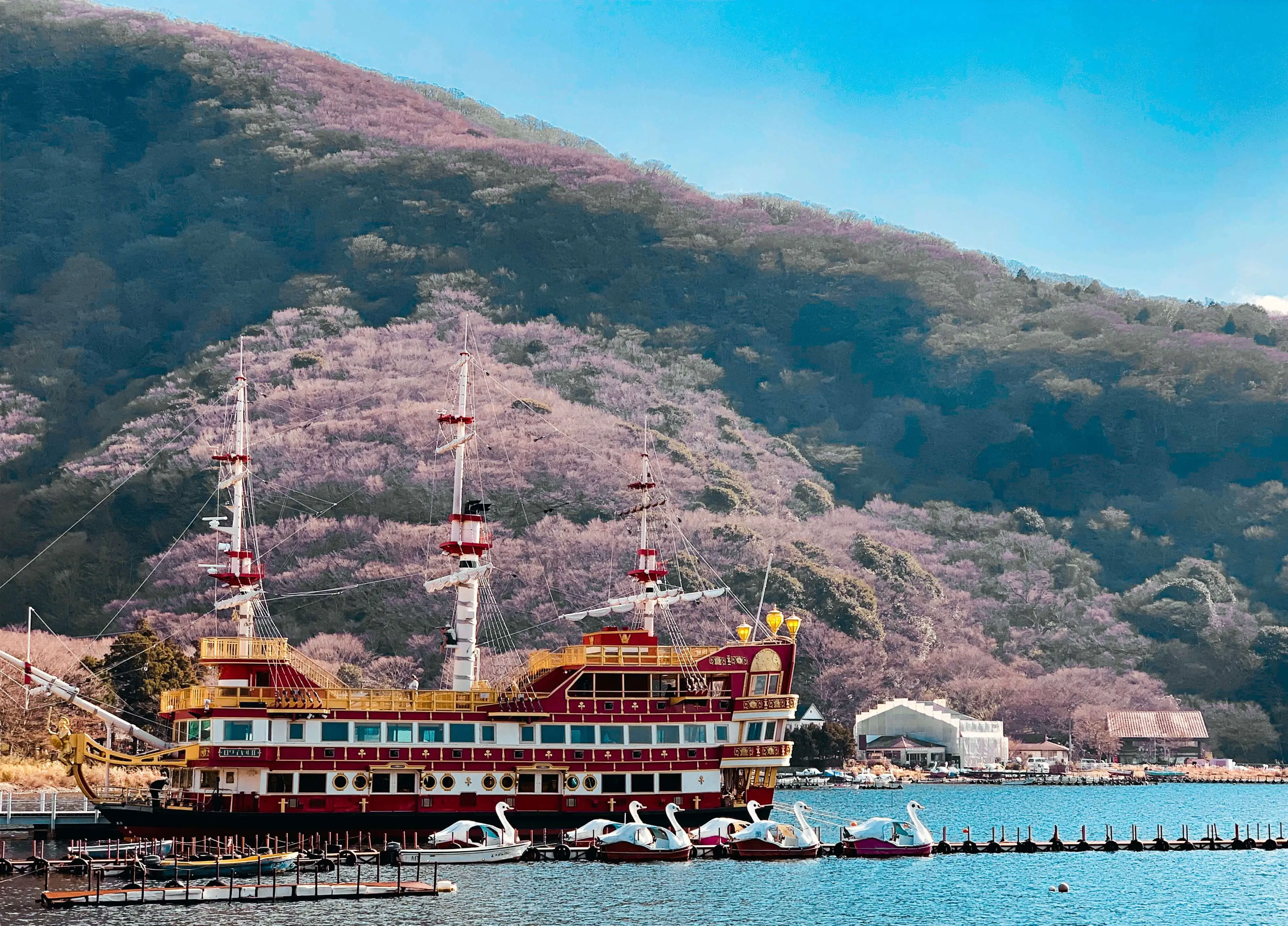
Only an hour and a half away by train from Tokyo, Hakone is an idyllic town known for its hot springs and natural beauty, especially the incredible views of Mt. Fuji from Lake Ashinoko, or from the Hakone Ropeway, the world’s second-longest cable car.
There are many cool touristy things to do in Hakone, such as a lake cruise aboard a replica pirate ship. The lake, created in the caldera of Mt. Hakone, after the volcano’s last eruption, offers spectacular views of Mt. Fuji on clear days.
Though if you prefer land, then don’t miss a ride on the Hakone Tozan Railway, a mountain railway that offers stunning vistas, especially enchanting during the hydrangea season and autumn foliage.
The Hakone Open-Air Museum, Japan’s first open-air museum, is another highlight. Wander among the impressive collection of artworks placed within a beautiful, scenic landscape.
After a hard day’s exploring, unwind and embrace the region’s tranquillity by visiting one of the many onsens, like the countryside style Hakone Yuryo or Tenzan Tohji-kyo. Each onsen provides a unique experience, boasting rejuvenating hot spring waters that soothe the body and spirit.
Considering it’s proximity to Tokyo, Hakone is an underrated destination in Japan for tourists (though popular with the Japanese), and well worth visiting for at least a day trip from Tokyo, if not longer.
Travelling to these underrated destinations in Japan (which are all only a few hours by train from Tokyo!), is about stepping back in time and exploring the country’s rich cultural heritage and natural landscapes.
Tokyo is fantastic, but believe me, once you venture off the beaten path, the land of the rising sun holds so much more. So, pack your bags and be ready to redefine your idea of Japanese culture.
MORE POSTS ABOUT JAPAN:
- Matsumoto in Winter: A One-Day Sightseeing Itinerary
- 8 Reasons Why You Need to Visit Kanazawa in Japan
Heading to Japan soon? Don’t forget these essentials!
Flights: compare and search for the cheapest flights using Skyscanner
Accommodation: hotels to hostels, glamping to apartments, I always use Booking.com
Tours: to find the best group tours and activities worldwide (with up to 20% off), use Viator
Visa: don’t forget to check the immigration entry requirements for the passport you are travelling with
Guides: Lonely Planet’s guide to Japan, a Japanese phrasebook for beginners or to kick-start your next adventure, how about Lonely Planet’s Guide to the World?

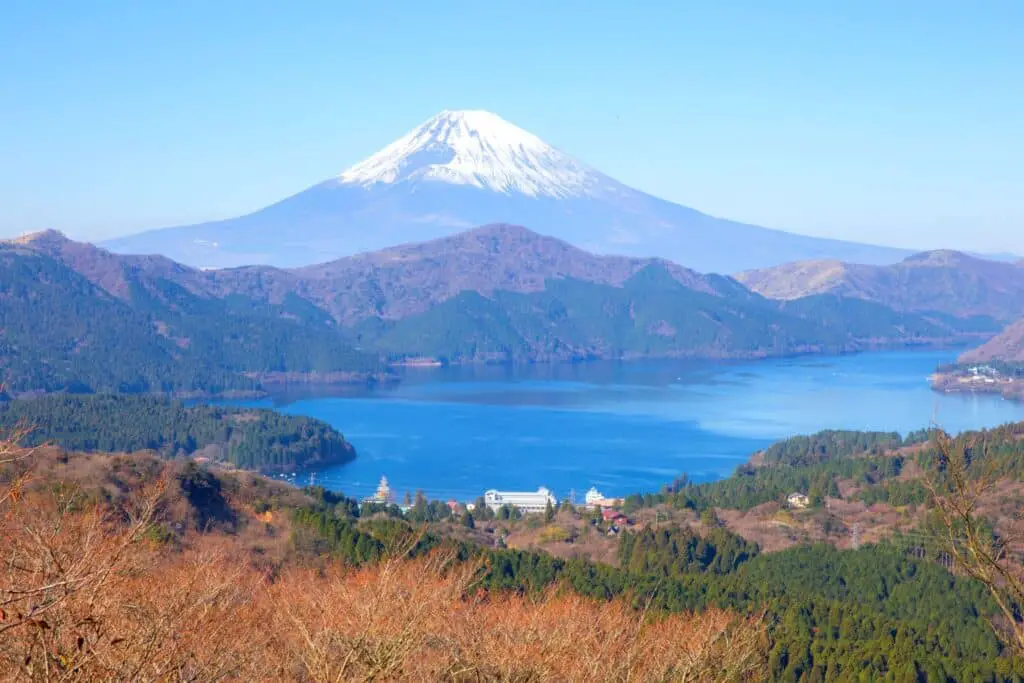
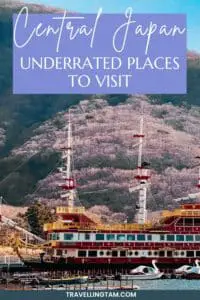


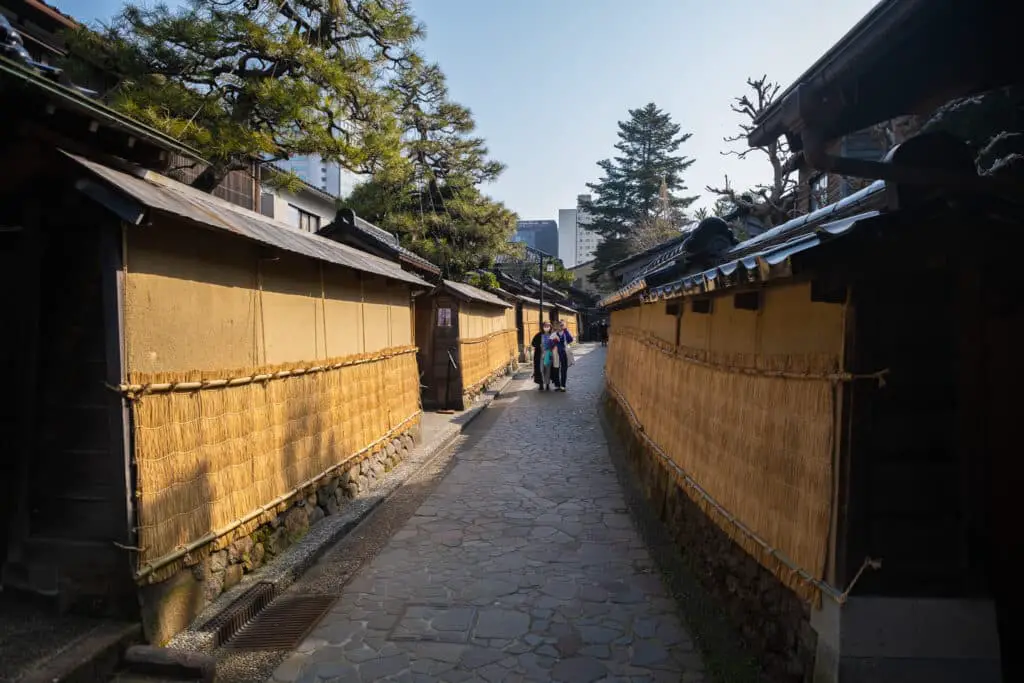
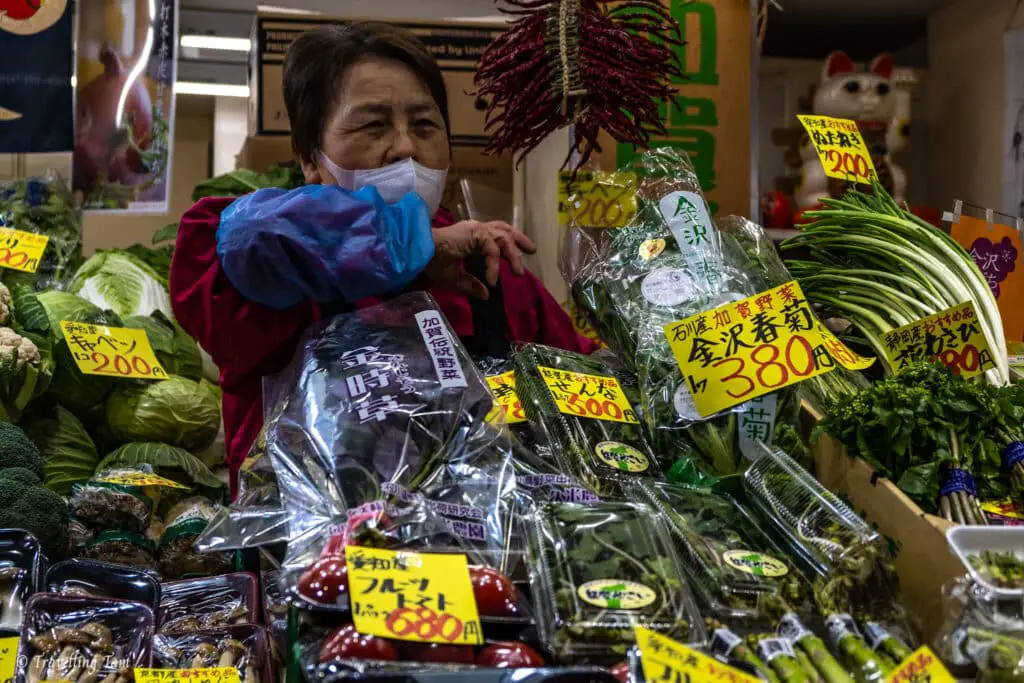
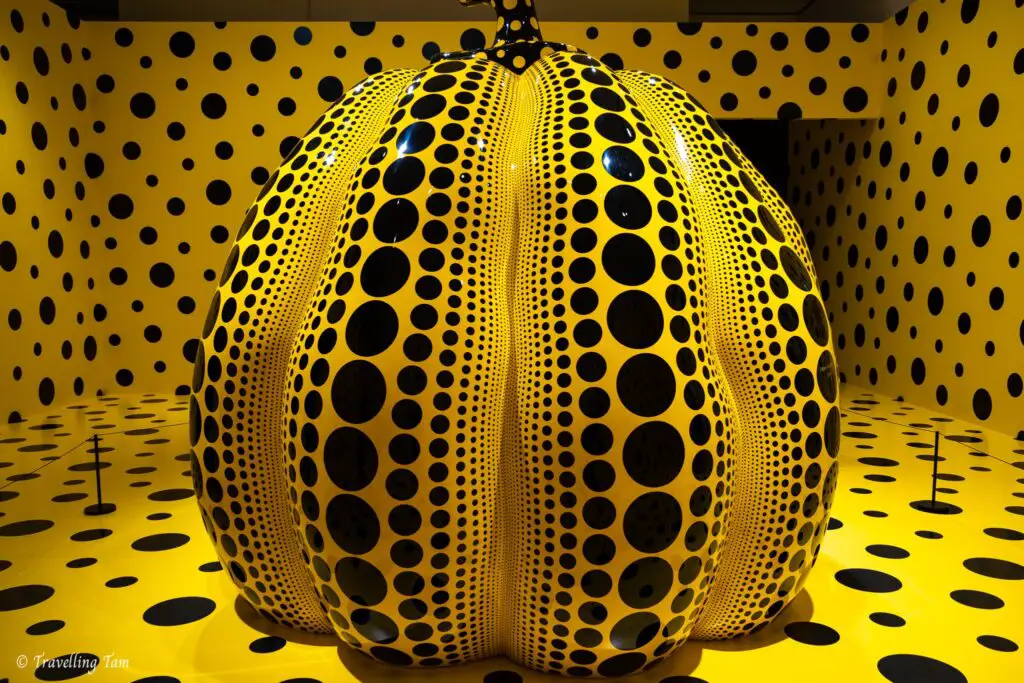
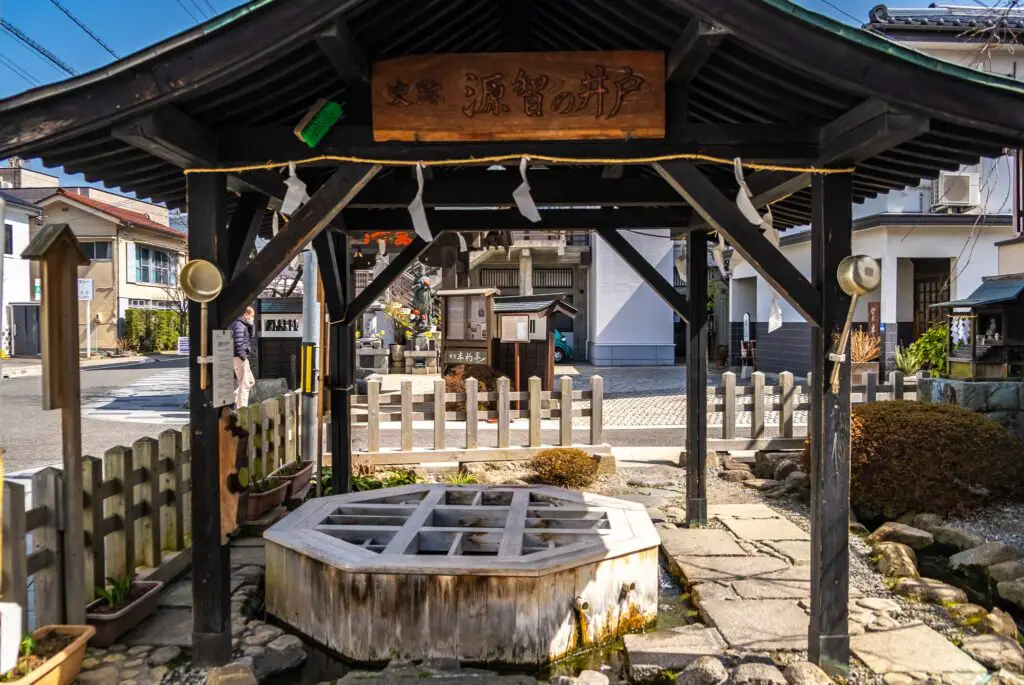
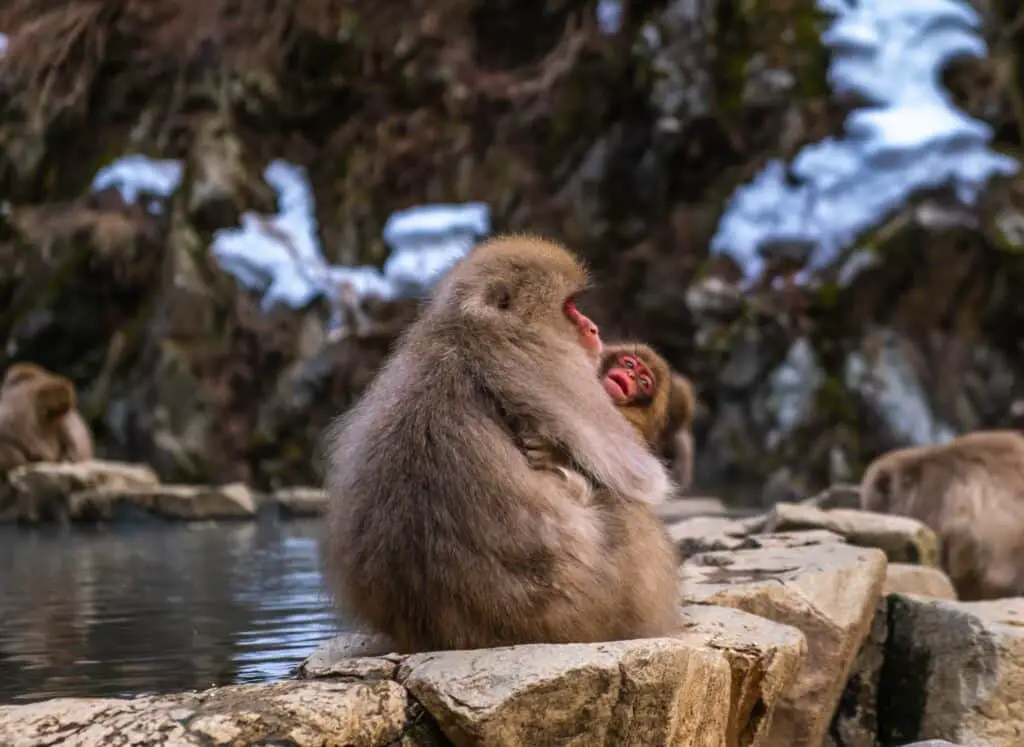
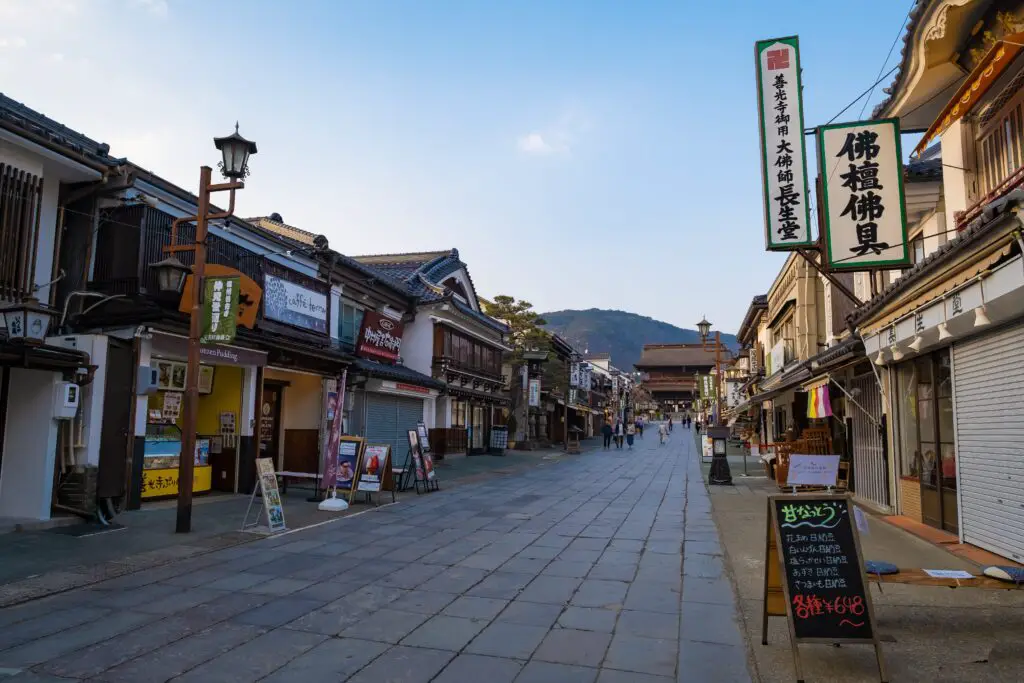
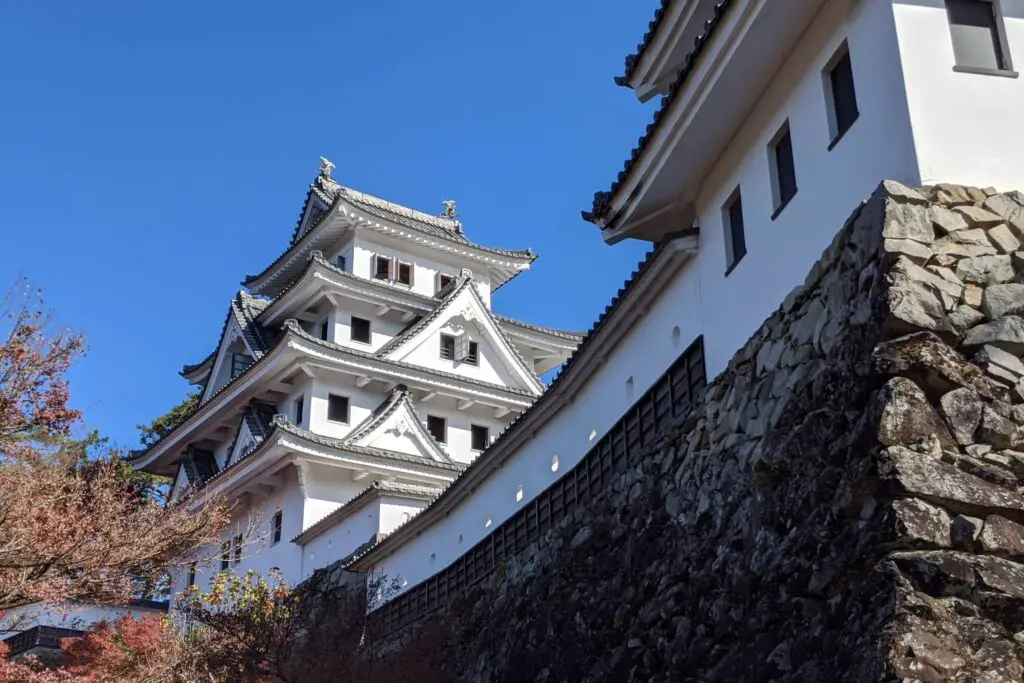
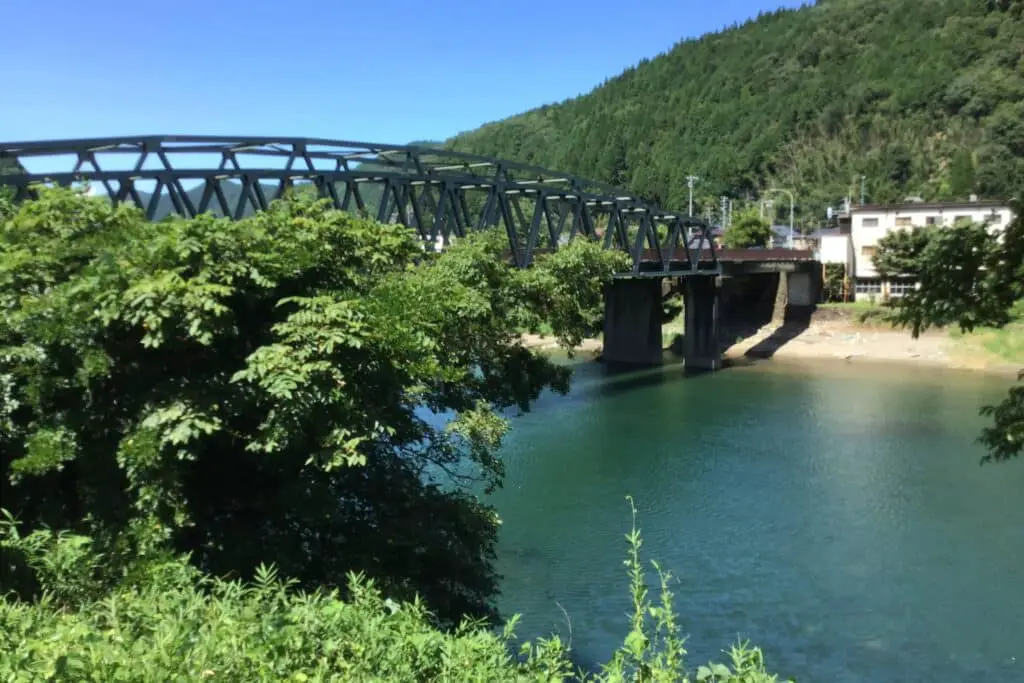
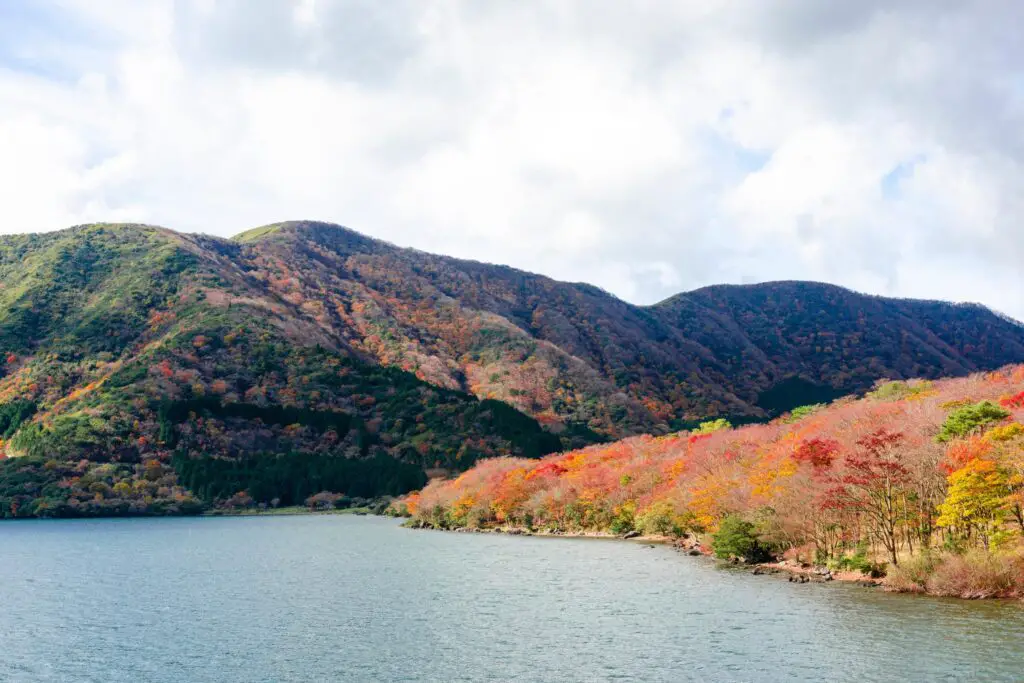
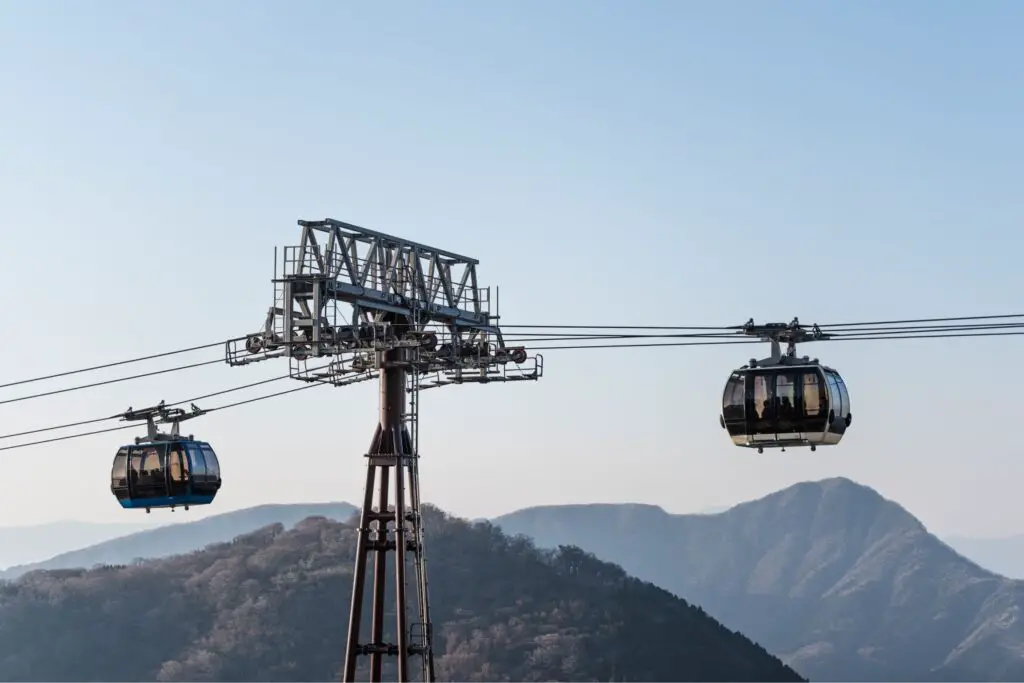
I loved Japan when I visited, but it’s true that I visited mostly the big cities, like Tokyo, Osaka, and Kyoto. I’d love to go back and see some of these other places. Hakone appeals to me, as does Nagano with its Winter Olympics legacy. I’m unfamiliar with Kanazawa but it sounds nice, too.
Love all these recommendations! I’ll have to add these to my itinerary for my next Japan trip!
Yeees! I am glad I am not the only one who is keen to escape Tokyo. I always have the best times in the mountains/countryside in Japan. We only really go to Tokyo to eat and see friends. 🙂
You chose fantastic options! I have never even been to Gujo Hachiman, but I love the look of it (and already love Gifu!) All the others are greeeeat picks!
I have not been to Japan, but I love the idea of getting out of the big city. Matsumoto sounds fascinating.
I have always wanted to visit Japan, but I didn’t know there were so many hidden gems to discover. You have given me a lot of inspiration and motivation to plan my trip. They look so beautiful and fascinating.
I’ve never been to Japan but this guide has definitely motivated me to start planning a trip, so many good ideas. Thanks for putting this together